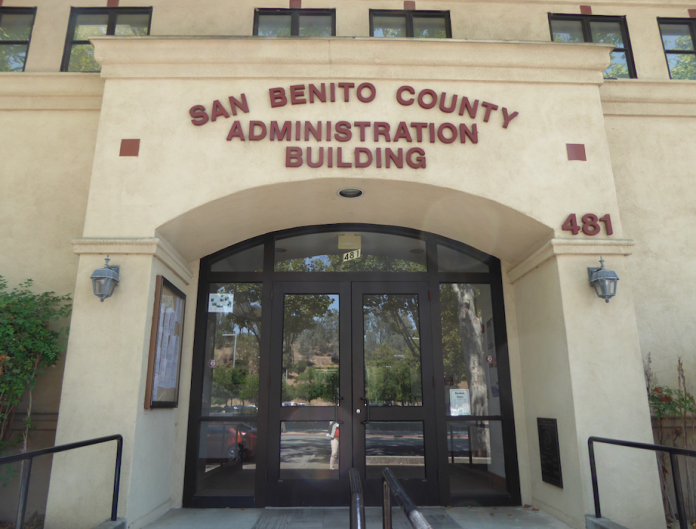A wide range of fees that are paid out of pocket to government agencies by San Benito County residents may be raised.
A new schedule of fees, set to be approved at a Board of Supervisors meeting Aug. 21, outlines what residents pay for county services and what fees will increase or decrease based on a recent outside analysis.
If the new fee schedule is approved, residents will see an increase in assessor fees, building fees, the price of emergency medical services, environmental health fees, geographic information systems fees, the price of mental health services, planning fees, probation fees, the cost of public health services and the cost of sheriff’s office services.
Aside from these services or divisions, other fees will stay the same or decrease.
A fee is paid when a person uses a county or state service and must pay the price it costs to provide that service or slightly less. A fee is not a tax paid by every individual living in the county, instead it is only paid by the person using the service.
Fees cover costs only and don’t generate any revenues for the county. For example, getting a og microchipped by the local animal shelter is $28.
Dulce Alonso, management analyst for the county, presented the schedule at an Aug. 7 supervisors meeting and said it was an effort to be more transparent to constituents.
An analysis commissioned by the county and completed by Willdan Financial Services examined the cost of fee-related activities in the county and outlined what fees need to be raised to cover program costs. The idea is to get back 100 percent of what it costs to provide the service, but many fees cost less than the full expense.
The study looked at the cost of services in 16 divisions. Agricultural commissioner, assessor, building, clerk of the board, code enforcement, emergency medical services, environmental health, geographic information systems, library, mental health, planning, probation, public health, sheriff’s office and tax collector were all evaluated within the report.
Alonso said the reason for the schedule is “so the public can go to one place and see everything the county charges.” As of now, department fees have to be looked up individually on county or state websites. According to the Board of Supervisors staff report, 30 percent of counties have a schedule of fees.
Not every fee is changing. State-mandated fees will remain the same, and some fees may even decrease. The schedule is set to be updated annually and automatically adjust statewide and federal fees.










